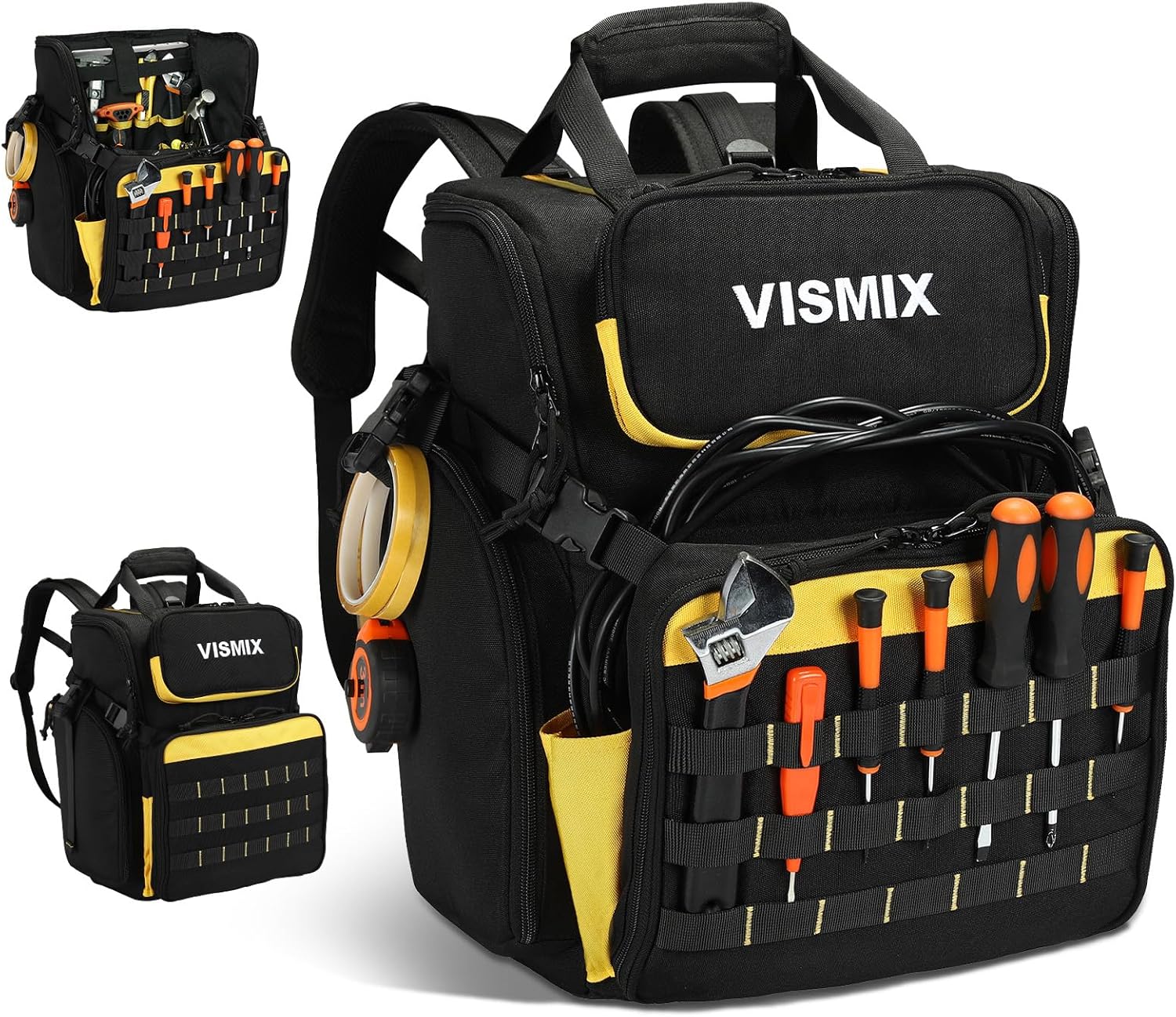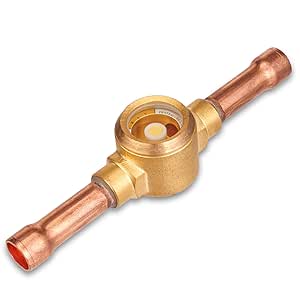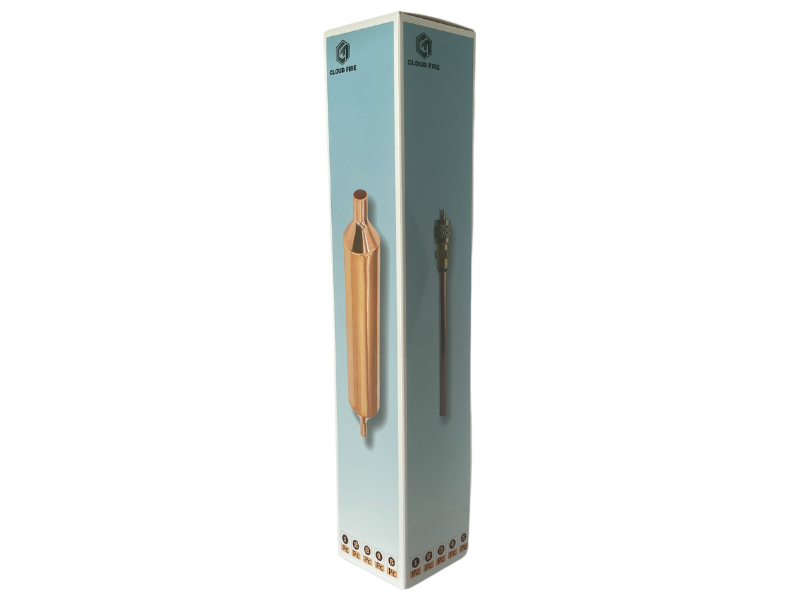Static pressure is often an overlooked yet crucial element in the performance of heating, ventilation, and air conditioning (HVAC) systems. It serves as an essential metric that can significantly influence the efficiency, comfort, and longevity of HVAC installations. This article aims to provide a comprehensive understanding of static pressure, its importance in HVAC systems, how to measure it, and the implications of improper static pressure levels.
What is Static Pressure?

Static pressure refers to the pressure exerted by air within the ductwork of an HVAC system when the air is still, meaning there is no airflow. It is a critical parameter that affects how air is distributed throughout a building. Static pressure is measured in inches of water column (in. wc), indicating how far a column of water would rise in a tube due to the air pressure. Understanding static pressure is vital for ensuring that an HVAC system operates efficiently and effectively.
The Importance of Static Pressure in HVAC Systems

Static pressure plays a pivotal role in several aspects of HVAC performance:
- Airflow Efficiency: Proper static pressure ensures that air moves efficiently through the ductwork, facilitating optimal heating and cooling.
- Comfort Levels: Incorrect static pressure can lead to uneven temperature distribution, resulting in discomfort for occupants.
- Energy Consumption: Systems operating under improper static pressure may consume more energy, leading to increased utility bills.
- Equipment Longevity: High static pressure can strain HVAC components, leading to premature wear and tear.
Measuring Static Pressure

To effectively manage static pressure, it is essential to measure it accurately. HVAC professionals typically use a manometer, a device that measures pressure differences. Here’s how the measurement process generally works:
- Identify Measurement Points: Static pressure is usually measured at the supply and return ducts. Ideally, measurements should be taken at multiple points to get an accurate representation of the system.
- Insert the Manometer: Insert the manometer tube into the ductwork, ensuring it is perpendicular to the airflow.
- Record the Pressure: Take note of the pressure readings, which can then be compared against standard static pressure levels for the specific HVAC system.
Factors Affecting Static Pressure

Several factors can influence static pressure in an HVAC system:
- Duct Design: Poorly designed ductwork can lead to increased resistance, raising static pressure levels.
- Air Filters: Clogged or dirty air filters can restrict airflow, resulting in higher static pressure.
- System Size: An improperly sized HVAC system can either be too powerful or too weak for the intended space, affecting static pressure.
- Obstructions: Items obstructing airflow in ducts, such as furniture or duct leaks, can significantly raise static pressure.
Consequences of Improper Static Pressure
Maintaining the correct static pressure is vital for optimal HVAC performance. Here are some consequences of improper static pressure:
- Increased Energy Costs: Systems that struggle against high static pressure consume more energy, leading to higher utility bills.
- Reduced Comfort: High static pressure can create hot or cold spots in a building, leading to an uncomfortable environment.
- Equipment Damage: High static pressure can cause undue stress on HVAC components, leading to costly repairs or replacements.
- Shortened Lifespan: Over time, systems operating under improper static pressure conditions can fail prematurely.
Case Study: The Impact of Static Pressure on HVAC Performance

Consider a commercial building with an HVAC system designed to maintain a comfortable temperature throughout the year. The system was experiencing high energy costs and resident discomfort. Upon investigation, HVAC professionals measured the static pressure throughout the ductwork and found significantly elevated levels.
After analyzing the duct design, they discovered that several bends and turns were creating resistance, forcing the system to work harder. Additionally, the air filters were clogged, further exacerbating the issue. The HVAC team made several changes:
- Redesigned the duct layout to minimize bends and turns.
- Replaced the air filters with high-efficiency models.
- Adjusted the system size to better match the building’s requirements.
After implementing these changes, static pressure levels dropped into the recommended range, leading to:
- A 20% reduction in energy costs.
- Uniform temperature distribution throughout the building.
- A significant decrease in maintenance calls due to equipment failure.
Best Practices for Maintaining Proper Static Pressure

To ensure that HVAC systems operate efficiently and effectively, consider the following best practices:
- Regular Maintenance: Schedule routine inspections and maintenance to keep the system in optimal condition.
- Monitor Static Pressure: Regularly measure static pressure to identify any potential issues early.
- Use Quality Filters: Invest in high-quality air filters that can be easily cleaned or replaced.
- Optimize Duct Design: Work with HVAC professionals to ensure that ductwork is designed for minimal resistance.
Understanding static pressure is essential for anyone involved in HVAC system performance, from homeowners to HVAC professionals. Proper static pressure impacts airflow efficiency, energy consumption, occupant comfort, and the longevity of HVAC equipment. By measuring static pressure accurately, understanding the factors that affect it, and implementing best practices for maintenance, individuals can significantly enhance HVAC performance and comfort levels in their buildings.
In summary, the significance of static pressure cannot be overstated. By prioritizing this key metric, you can ensure that your HVAC system operates at its best, providing a comfortable and efficient environment for everyone. Whether you are dealing with a residential or commercial HVAC system, understanding and managing static pressure will lead to improved performance and satisfaction.